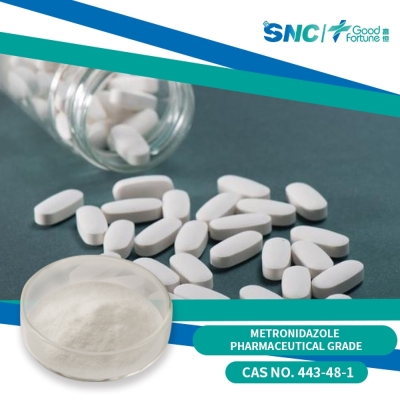-
Categories
-
Pharmaceutical Intermediates
-
Active Pharmaceutical Ingredients
-
Food Additives
- Industrial Coatings
- Agrochemicals
- Dyes and Pigments
- Surfactant
- Flavors and Fragrances
- Chemical Reagents
- Catalyst and Auxiliary
- Natural Products
- Inorganic Chemistry
-
Organic Chemistry
-
Biochemical Engineering
- Analytical Chemistry
-
Cosmetic Ingredient
- Water Treatment Chemical
-
Pharmaceutical Intermediates
Promotion
ECHEMI Mall
Wholesale
Weekly Price
Exhibition
News
-
Trade Service
Minocycline hydrochloride is a second-generation tetracycline antibiotic that is used to treat a wide range of bacterial infections.
It is commonly used to treat acne, rosacea, and other skin conditions, as well as certain types of pelvic inflammatory disease and other sexually transmitted infections.
Minocycline hydrochloride is also used to prevent malaria in travelers and to treat anthrax infection after exposure.
The molecular formula of minocycline hydrochloride is C23H27N3O4S2HCl.
It is a yellow to light-yellow crystalline powder with a solubility of 2.
8 g/100 mL in water and 1.
3 g/100 mL in 0.
1 M hydrochloric acid.
The structural formula of minocycline hydrochloride is shown below:
H
|
C - C - C - C
| | | |
N - N - N - N
| | | |
O - O - S - Cl
| | | |
H - H - H - Cl
Minocycline hydrochloride is synthesized by several methods, but the most common route of synthesis involves the condensation of oxytetracycline hydrochloride with a mineral acid.
The reaction is typically carried out in a mixture of water and ethanol, with heating and stirring.
The product is then purified by recrystallization from a solvent such as ethanol or water.
Minocycline hydrochloride is a broad-spectrum antibiotic that is active against a wide range of gram-positive and gram-negative bacteria.
It works by inhibiting the synthesis of bacterial proteins, thereby causing the bacteria to die.
Minocycline hydrochloride is particularly effective against slow-growing bacteria such as Mycobacterium tuberculosis, the causative agent of tuberculosis.
It is also active against many other bacterial pathogens, including Streptococcus pneumoniae, Haemophilus influenzae, and Neisseria gonorrhoeae.
Minocycline hydrochloride is usually administered orally, either as a capsule or a tablet.
The recommended dosage and duration of treatment will depend on the specific infection being treated and the individual patient.
It is important to follow the instructions of your healthcare provider when taking minocycline hydrochloride.
In addition to its use as an antibiotic, minocycline hydrochloride has also been studied for its potential anti-inflammatory and neuroprotective effects.
It has been shown to have activity against a range of inflammatory diseases, including rheumatoid arthritis and lupus erythematosus, as well as conditions such as multiple sclerosis and Alzheimer's disease.
Despite its potential benefits, minocycline hydrochloride has several potential side effects.
The most common side effects are gastrointestinal, and may include nausea, vomiting, and diarrhea.
Other potential side effects include skin irritation, Stevens-Johnson syndrome, and toxic epidermal necrolysis.
Minocycline hydrochloride may also cause superficial keratopathy, a condition in which the cornea becomes cloudy.
In conclusion, minocycline hydrochloride is a broad-spectrum antibiotic that is active against a wide range of bacterial pathogens.
It is used to treat a variety of bacterial infections, including acne, rosacea, and certain sexually transmitted infections.
Minocycline hydroch







